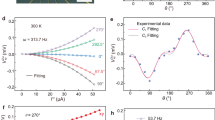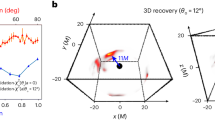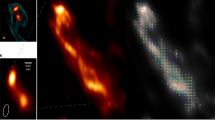Abstract
THIS lecture coincides with the bicentenary of Halley's death, for he died, the second Astronomer Royal, on January 14, 1742, at the age of eighty-five. To this office he succeeded Flams teed, after holding the position of Savilian professor of geometry from 1703 until 1720.
This is a preview of subscription content, access via your institution
Access options
Subscribe to this journal
Receive 51 print issues and online access
$199.00 per year
only $3.90 per issue
Buy this article
- Purchase on SpringerLink
- Instant access to full article PDF
Prices may be subject to local taxes which are calculated during checkout
Similar content being viewed by others
References
Cf. Zinner, E., "Leben und Wirken des Johannes Müller von Königsberg genannt Regiomontanus" (Munich, 1938).
Pingré, "Annales Célestes du XVIIe Siècle", p. 359 (1901).
Birch, "History of the Royal Society", 4 (1757).
Phil. Trans., No. 297, pp. 1882–99 (March, 1705).
Whiston's Memoirs, 1, 35 (1749); Rouse Ball, "Essay on Principia" p. 8.
Rights and permissions
About this article
Cite this article
PLUMMER, H. HALLEY'S COMET AND ITS IMPORTANCE*. Nature 150, 249–257 (1942). https://doi.org/10.1038/150249a0
Issue date:
DOI: https://doi.org/10.1038/150249a0
This article is cited by
-
EDMOND HALLEY AND GEOMAGNETISM*
Nature (1943)



